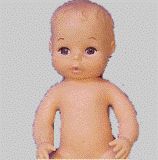All Activities
Mensuration
On the other pages in this section we have divided our activities in to sub-topics. This page has them all together in one place for browsing
| Area and Perimeter of 2D shapes | |
 |
|
| Area of Parallelogram | |
 |
|
 |
|
| Discovering Pi | |
 |
|
 |
|
| |
 |
|
 |
|
| Making Cones |
